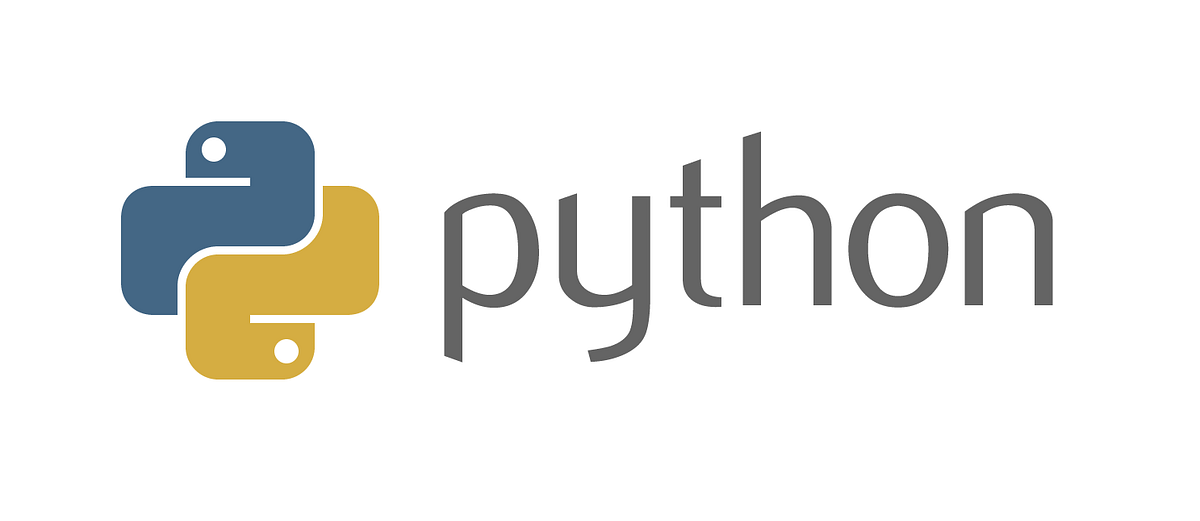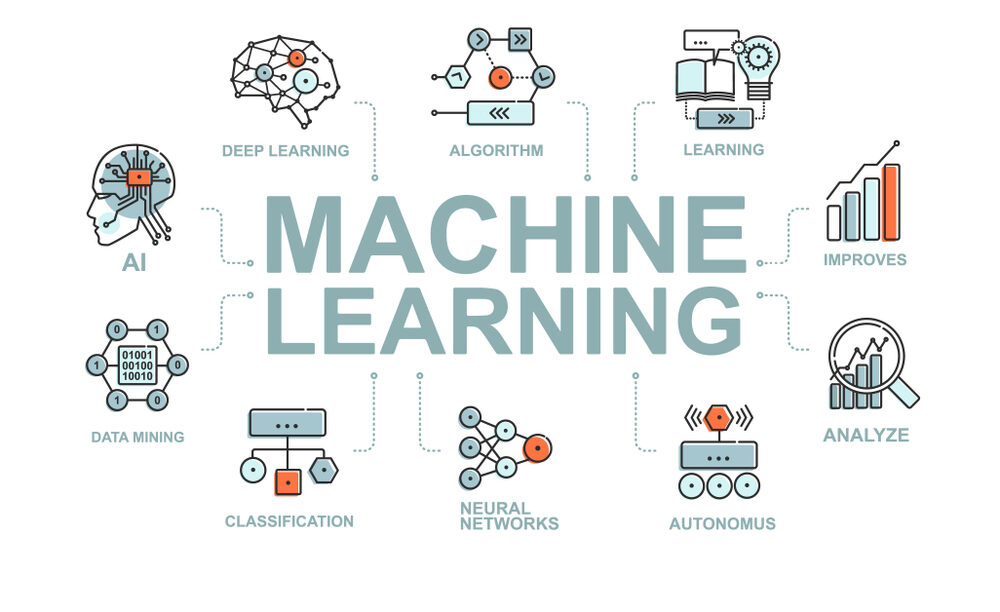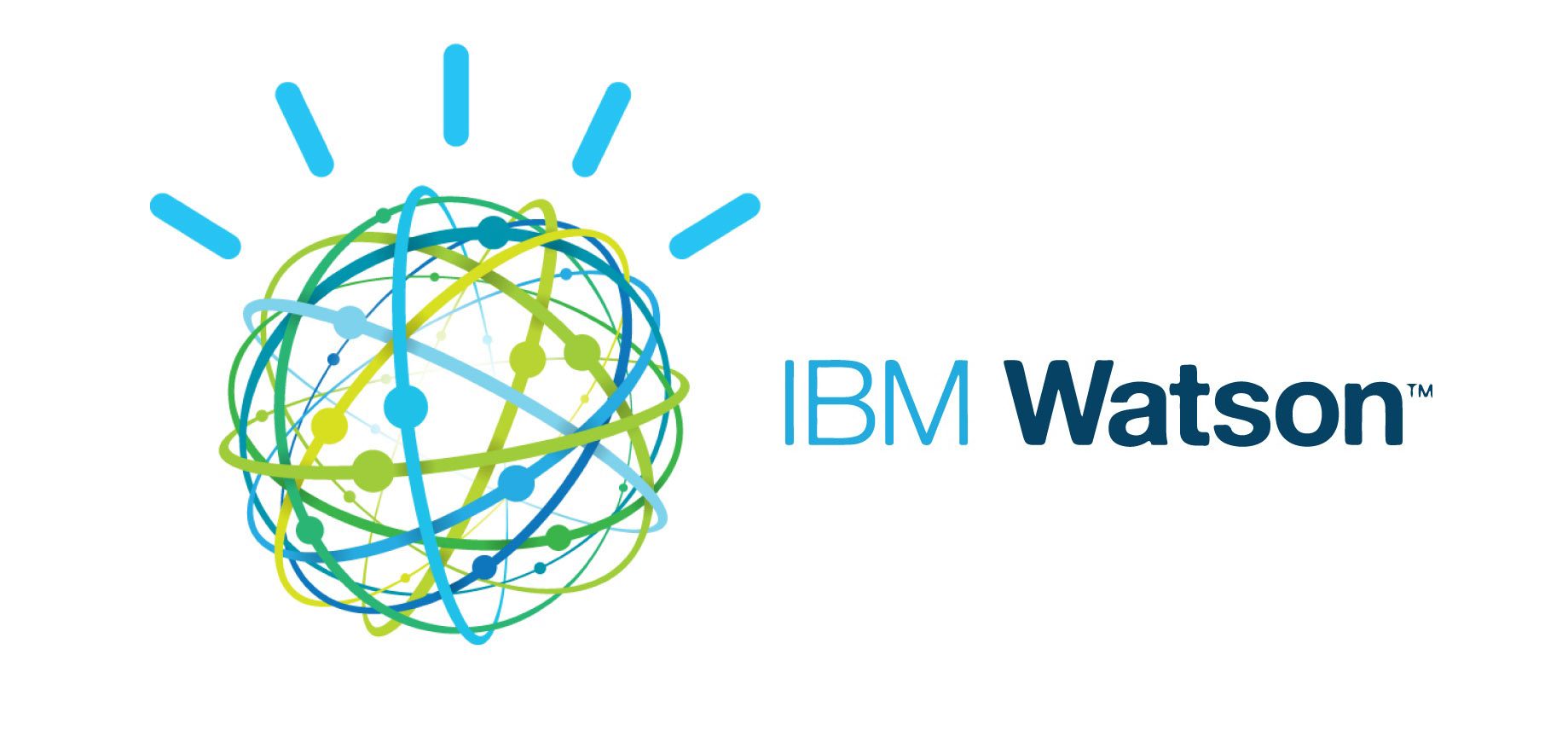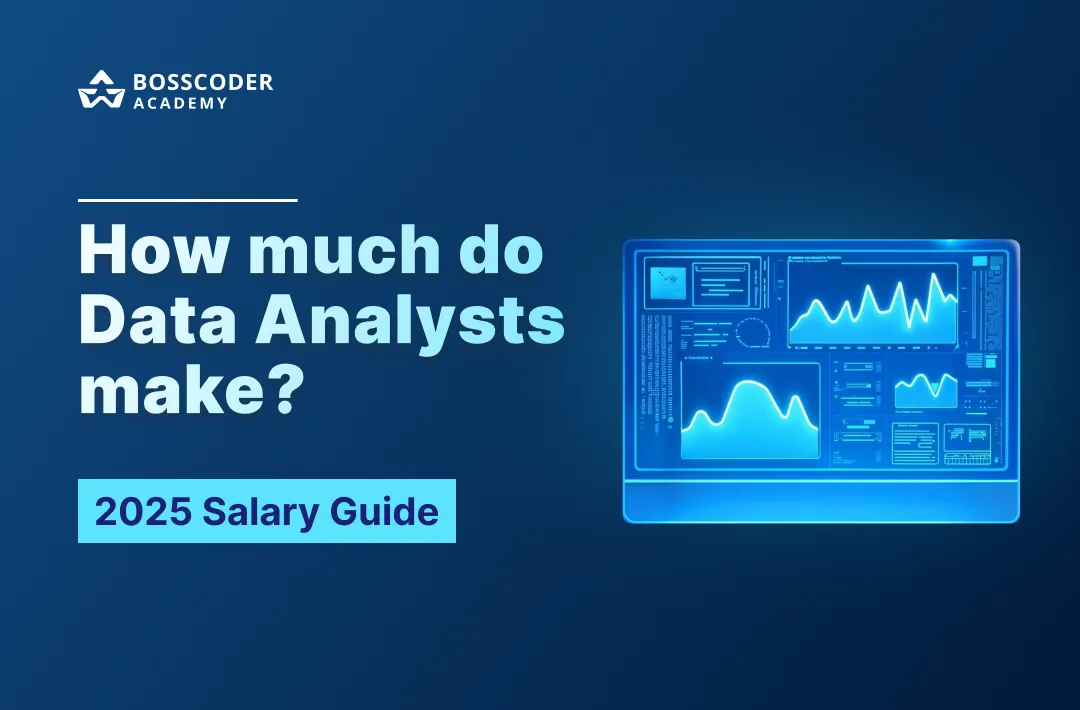In today's digital era, data is omnipresent, swirling around us in ever-increasing volumes, and varieties. From small businesses to global corporations, the ability to harness this data, to uncover patterns, predict trends, and make informed decisions, is no longer a luxury but a necessity. This is where the data science comes into play where it demands the right set of tools and technologies to derive meaningful insights.
Each tool, with its unique capabilities and features, plays a critical role in data analysis, from data preprocessing and exploration to modeling and visualization.
Lets understand the tools and languages requirement for each role with the help of the table below:
Python and Its Libraries
- Python: is a programming language that's popular in data science.
- Python is a high-level, interpreted programming language known for its emphasis on readability and simplicity.
- Difficulty Level: Beginner to Advanced.
- It's the language of choice in data science due to its versatile nature, allowing for complex data manipulation and analysis while being accessible to beginners.
- It is Ideal for initial data exploration, scripting, and rapid prototyping of complex algorithms.
- Through its vast ecosystem of libraries and frameworks, Python facilitates various data science tasks.
- Application of Python: It is used in data cleaning, analysis, visualisation, machine learning, and more.
- Additional Tools: Integrated Development Environments (IDEs) like Jupyter Notebook, PyCharm; Version control systems like Git.

- Pandas: is a library for data manipulation and analysis.
- Pandas is an open-source Python library providing high-performance, easy-to-use data structures, and data analysis tools.
- Difficulty Level: Intermediate.
- It excels in handling and manipulating structured data, akin to Excel but more powerful.
- It is essential for data cleaning, transformation, and analysis in Python.
- It is for Intermediate users familiar with Python basics
- It offers DataFrame objects for in-memory data manipulation with integrated indexing
- It is used for Data cleaning, exploratory data analysis, time series analysis.
- It is often used alongside libraries like Matplotlib for data visualisation.

- NumPy: helps you work with large arrays and matrices of numerical data.
- Difficulty Level: Intermediate.
- NumPy is a fundamental package for scientific computing in Python.
- It provides support for large, multi-dimensional arrays and matrices, alongside a collection of mathematical functions to operate on these arrays.
- NumPy is essential when dealing with numerical data, especially in linear algebra, Fourier transform, and random number capabilities.
- Data scientists needing to perform complex mathematical operations on large data sets use this extensively. NumPy utilises array-oriented computing for efficiency.

- Scikit-learn: is a tool for data mining and data analysis.
- Difficulty Level: Intermediate to Advanced.
- Scikit-learn is a python library for machine learning, providing a range of supervised and unsupervised learning algorithms.
- Scikit-learn is built on NumPy and Pandas and is great for machine learning tasks like classification, regression, and clustering.
- Scikit-learn is ideal for implementing machine learning algorithms and is best suited for those who have a grasp of Python and its scientific stack.
- Scikit-learn offers tools for model fitting, data preprocessing, model selection, and evaluation.
- Additional Tools: Integration with deep learning libraries like TensorFlow or Keras for more advanced applications.
Machine Learning Frameworks

- TensorFlow: is developed by Google. It’s a framework for creating machine learning models. It's widely used for tasks like image and voice recognition.
- TensorFlow is an open-source software library for high-performance numerical computation, particularly well-suited for large-scale machine learning.
- Difficulty Level: Advanced.
- TensorFlow is developed by Google Brain Team, it's renowned for its flexibility and support in training complex neural networks.
- TensorFlow is used in both research and production at Google and is more suited for advanced users familiar with machine learning concepts.
- TensorFlow utilises data flow graphs for building models.
- Application: Image and voice recognition, text-based applications, time-series analysis.
- Additional Tools: TensorBoard for visualisation, TensorFlow Extended (TFX) for production pipelines.
- Keras: is a high-level neural networks API, capable of running on top of TensorFlow. It's user-friendly, modular, and extendable.
- Keras is an open-source neural network library written in Python.
- Difficulty Level: Intermediate to Advanced.
- Keras acts as an interface for the TensorFlow library, simplifying the process of building and training neural networks.
- Keras is useful for fast prototyping and experimentation with deep neural networks.
- Beginners to advanced users looking to delve into neural networks use this.
- Keras provides high-level building blocks for developing deep learning models.
- Keras is used for Image and text classification, generative models.

AI Platforms
- Google AI Platform: offers a suite of machine learning services, which makes it easier to train, deploy, and scale AI models.
- It is a cloud platform that offers services to train, deploy, and manage AI models at scale.
- Difficulty Level: Intermediate to Advanced.
- It provides a flexible and scalable environment for machine learning development and it is ideal for businesses and developers who want to use AI in their products or services.
- It offers integrated tools for every stage of AI model development.
- It is used in Building and deploying machine learning models, data processing, and hyperparameter tuning.
- Additional Tools: Google Cloud Storage, BigQuery for large-scale data storage and analysis.
- IBM Watson: is known for its powerful natural language processing capabilities. It can analyse unstructured data from various sources.
- It is a suite of enterprise-ready AI services, applications, and tooling.
- Difficulty Level: Intermediate to Advanced.
- Known for its natural language processing (NLP) capabilities, it is extensively used in business applications for unstructured data analysis.
- IBM Watson is suitable for businesses and developers needing advanced AI capabilities. It provides APIs for language, speech, vision, and data analysis.
- Application: Virtual agents, sentiment analysis, language translation.

Choosing the right tools for your data science projects is a lot like picking the right ingredients for a recipe. Just as the quality of the ingredients can make or break a dish, the tools you select can greatly influence the outcome of your data analysis. They can make your work smoother and faster, allowing you to focus more on the insights and less on wrestling with data.
In closing, remember that the journey into data science is uniquely yours. Whether you're helping a business understand its customers, advancing scientific research, or exploring data for your own projects, the right toolkit—paired with your passion and creativity—can open up a world of possibilities. The future of data is bright and filled with potential, and with the right tools in hand, you're well-equipped to play a part in shaping it. Here's to your success in the vast, exciting world of data science. Let's keep the adventure going!







